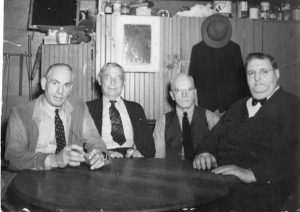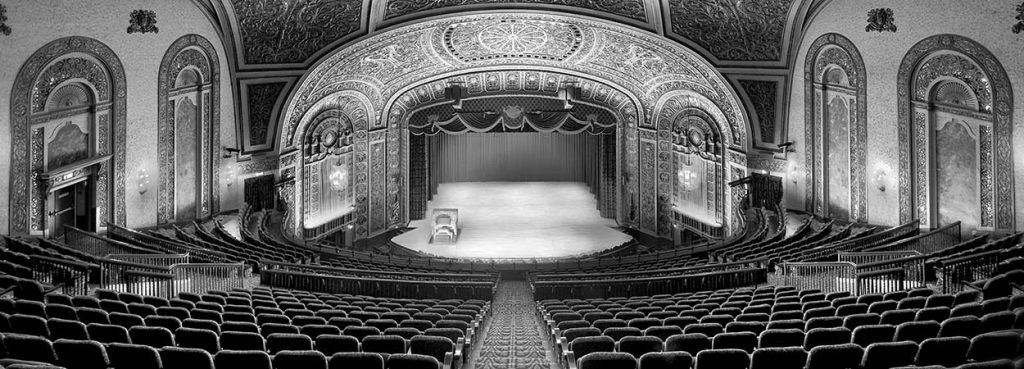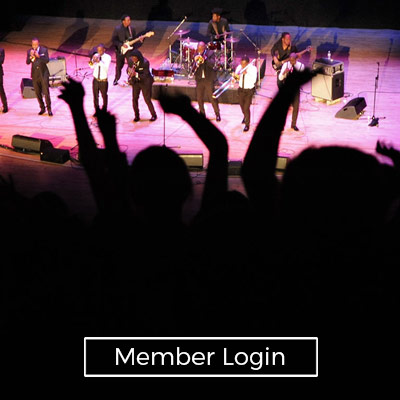
“Today at 1 P.M. Fort Wayne Proudly Receives Its Magnificent New Theater. Come to the opening today of the Emboyd. You’ll thrill to its sumptuous beauty—revel in its atmosphere of luxurious comfort—and marvel at the giant inaugural entertainment program. Follow the Eager Throngs to the Opening of Indiana’s Wonder Theater—a Gala Event the Memory of Which You’ll Cherish Forever!”
This exciting text appeared in the Fort Wayne News-Sentinel for 14 May 1928 in a large advertisement featuring a fanciful drawing of the theater’s interior and an enticing glimpse of the program of film (Richard Dix in Easy Come, Easy Go), vaudeville, and music provided by Wilbur Pickett’s Emboyd Concert Orchestra and Percy Robbins at the four-manual Grande Page organ.
The theater, now known as the Embassy, marked the occasion of its 90th anniversary with new efforts to preserve and commemorate the theater’s history, especially its archive, which includes among many other things more than 250 posters and playbills signed by the stars and casts of shows that have played at the theatre over the years, historic documents and artifacts, and 600 photographs of performers who appeared at the theater and its sister, the Palace Theater, from the 1930s through the early 50s, ranging from some of the most famous bands and bandleaders to acrobats, animal acts, comedians, dancers, emcees, impressionists, instrumentalists, singers, ventriloquists, and so on. All the photographs were  inscribed to the theater’s long-time stage manager, Bud Berger (left), and they provide a veritable Who Was Who of entertainers of the period, some still famous and others now largely forgotten.
inscribed to the theater’s long-time stage manager, Bud Berger (left), and they provide a veritable Who Was Who of entertainers of the period, some still famous and others now largely forgotten.
Each item is individually catalogued in the database of the archive, which had to take into account all the categories of material preserved in the archive, such as audio-visual material, correspondence, documents, negatives, newspaper items, photographs (signed, unsigned, inscribed to Bud Berger), playbills, poster, programs, scrapbooks, stools (the archive includes stage stools signed by various performers), and other objects. Each record includes the following fields: Archive index number, Object, Name(s), if any or a description of the object; Date(s) if any; Dimensions and pagination as applicable; Description; and Picture.
Within this design, the creation of a record for each item began with measuring it and deciphering the inscription, which sometimes also provided the date or dates on which the act appeared at the Emboyd or Palace. In the case of some of the photographs, all that was left was the impression of the pen on the photograph, and these inscriptions had to be transcribed with raking light. An additional challenge was sometimes presented by the handwriting itself, which could be clear and legible or difficult to decipher, especially the signatures. Moreover, not all the inscriptions are in English: some are in Dutch, Danish, Swedish, French, and Hawaiian. But with the aid of internet searches of newspapers, trade journals, and other records in the archive, it was eventually possible to transcribe all of them and provide some identification of the performers beyond their names. All of this is included in the “Description” field of the record for each photograph.
A removable label with the archive index number was affixed to the back of each item as it was catalogued. When the catalogue was complete, each item was placed in archival housing. In the case of photographs, this consists of a polyethylene sleeve placed in an acid-free, lignin-free buffered envelope with the catalogue record attached to the outside of the envelope, and the envelopes placed in archival print boxes.
Cataloguing of the archive continues and the full catalogue will eventually be posted on the Embassy Theatre’s website. Meanwhile, four parts of the catalogue are currently available so that theatre and vaudeville historians and aficionados may easily consult them.
Click here for full Archive Brochure.
An excerpt of the catalogue covering the 600+ Berger-inscribed photographs is available here.
An excerpt of the catalogue covering early and recent photographs of the theatre is available here.
Two catalogues of the Embassy’s collection of more than 4000 slides for its Brenograph, including images of every slide, are also available for online viewing or downloading from links on the Embassy’s Historic Brenograph page.




